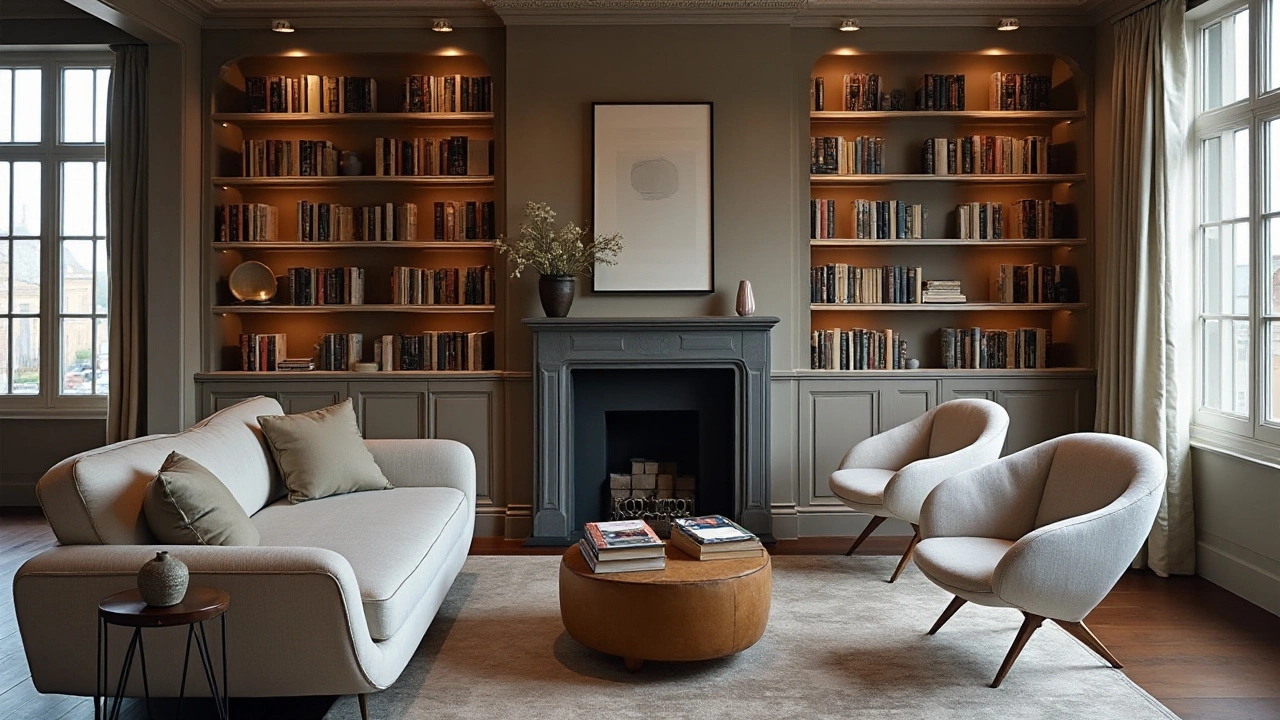Backward Books: Fresh Ideas for Home Decor
Ever flipped a book upside down just to see a different picture? Reading a book backwards can do more than amuse you – it can jump‑start new design ideas for your home. When you look at a story from the end, patterns, colors, and layouts pop up in ways you never noticed while scrolling forward.
Why Read Books Backwards?
Most of us read from left to right, but flipping the page order forces your brain to spot details you normally skim over. The cover art, chapter headings, and even the margin notes become a gallery of visual cues. Those cues can translate directly into furniture colour palettes, texture mixes, or placement tricks for a cosy living room.
For example, a vintage novel might use deep navy and cracked leather on its spine. Those tones work beautifully with a rustic wooden coffee table and a plush sofa. By starting at the back, you capture that colour combo before the plot distracts you.
Turning Pages into Furniture Style
Here are three quick ways to turn a backward‑reading session into a decor upgrade:
1. Spot the palette. Scan the final pages for recurring shades – think of the ink, paper tone, and any illustration hues. Write those colors down and match them with paint swatches, cushions, or rugs. A consistent palette ties a room together without feeling forced.
2. Borrow the layout. Many coffee‑table books arrange photos in grids or asymmetrical blocks. Mimic that arrangement on your own bookshelf or wall art. A staggered grid of framed prints creates a gallery feel that feels curated, not pasted together.
3. Use the texture clues. Old bindings often mix smooth cloth, rough leather, and carved wood. Those texture pairings can guide your choice of a soft throw, a woven basket, or a reclaimed‑wood side table. When your furniture mirrors the book’s feel, the room gets an instant story‑telling vibe.
Try this exercise tonight: grab a favourite novel, flip to the last chapter, and jot down any colour or texture that jumps out. Then walk to your living area and see where those elements already exist. Add a matching pillow or a small accessory, and you’ll see a cohesive look take shape without buying a whole new set.
Reading backwards isn’t just a quirky habit – it’s a low‑cost brainstorming tool. You don’t need expensive design software or endless scrolling on Pinterest. A simple book, a pen, and a dash of curiosity can unlock fresh decor angles that feel both personal and polished.
Next time you’re stuck on how to style a corner sofa or choose a rug, flip open a book from the back and let the hidden details guide you. You’ll end up with a space that tells a story, one page at a time.
Designers' Backward Book Display: A Modern Twist on Bookcases
Many designers are choosing to display books with their spines facing inward on bookcases. This trend may seem puzzling at first, but it offers practical and aesthetic advantages, like creating a uniform, minimalist look that complements various decor styles. Additionally, backward book displays can be seen as a creative statement or unconventional way to keep personal titles more private. Explore the cultural and design motivations behind this intriguing styling choice.
More
